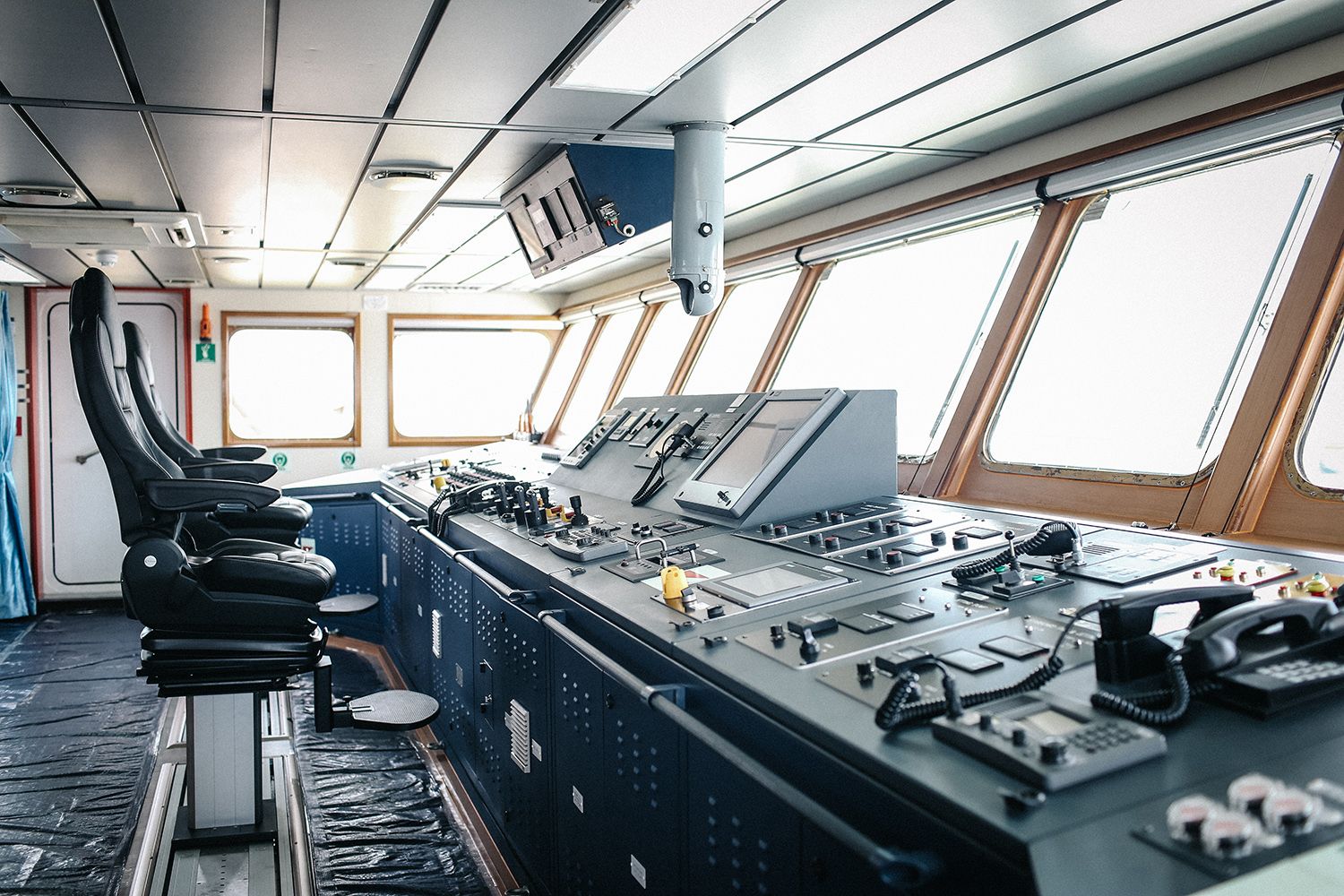Galileo Innovates Search and Rescue
In 2020 the Galileo Navigation Satellite System will present Return Link Service.
With it, anyone who got into emergency situation and uses a Cospas-Sarsat receiver will be assured that his SOS signal is received and help is surely coming.

Photo from open recourse
The development of international search and rescue service started with the launching of the Cospas-Sarsat global distress satellite network in 1981, continued in the 2000s when in the 406MHz search and rescue beacons the GPS receivers were installed and the location identification with the accuracy within 100 meters became possible.
Thus such devices as AIS SARTs, GPS EPIRBs and PLBs, AIS MOBs appeared. The progress moves on and now we are approaching to the new stage of search and rescue service development.
The RLS as a part of Search and Rescue Service
The Galileo Navigation System was put into operation in 2016 and currently constitutes 26 satellites of 30 planned ones. Being a part of one of Cospas-Sarsat programs MEOSAR, this satellite system allows a Galileo-enabled receiver to use signals from the satellites for position finding.
The next step of Galileo is launching the Return Link Service or RLS as a part of search and rescue to assure safer in emergency situation.  In fact RLS is a confirmation signal a person sees on his emergency equipment which may give him the hope for survival in extreme situation. The sense of RLS lays in appearance of blue indicator that lights up on an emergency beacon with Galileo Return Link Service connection. But the aim of this system is not fasten the saving operation but to make the process of taking decision easier for those who got into emergency anywhere.
In fact RLS is a confirmation signal a person sees on his emergency equipment which may give him the hope for survival in extreme situation. The sense of RLS lays in appearance of blue indicator that lights up on an emergency beacon with Galileo Return Link Service connection. But the aim of this system is not fasten the saving operation but to make the process of taking decision easier for those who got into emergency anywhere.
The acknowledgement that the people outside know that you are in need may have positive effect on distressed person. Because too often the survival depends on making the right decision and objective evaluating of risks. The blue light confirms that the rescue is coming soon and you will be saved.
The RLS Operation

In RLS the 406MHz alert signal will become dual to provide the feedback.
The signal will be forwarded back via the Cospas-Sarsat network to assure to the beacon user that the SOS signal from a beacon is received, the location is identified and the rescue is on its way.
Of course as any innovation the RLS usage requires certain preparations.  Thus the ones who are engaged in providing safety at sea should inspect the necessary emergency equipment to evaluate the advantages that RLS may have, also learn the necessary approvals in each country where it will work.
Thus the ones who are engaged in providing safety at sea should inspect the necessary emergency equipment to evaluate the advantages that RLS may have, also learn the necessary approvals in each country where it will work.
Safety organizations need to know how to react to the ‘blue light’, does the ‘blue light’ have an equal effect on groups of distressed people as well as on individual persons.
Users’ training is necessary in connection with the return link service launching and also for broaden the possibilities of present safe equipment to keep with the new technologies of fast location identification and signal confirmation that will be added in latest search and rescue Galileo beacons.
By Julia Zhyvotova





Be the first to comment